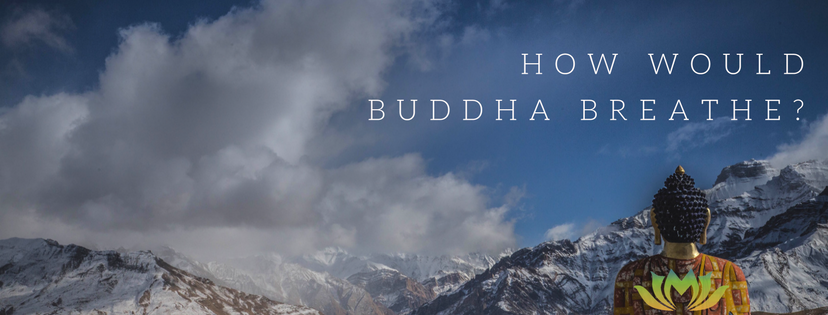Breathing 101: Learning the Lesser Breath
One year ago I was a hacking, asthmatic yoga therapist desperately trying to ‘yoga’ and supplement my way to health so I could carry on in some manner of normal. After three exhausting months with no reprieve, I feared this latest iteration of respiratory blues had permanently lodged itself in my lungs. I reached outside my yoga toolbox and contacted a former student who had healed herself of asthma through the Buteyko breathing method. This ignited my world with a whole new interpretation of functional breathing calling into question my 30 years of training in yoga pranayama. It also launched the healthiest, most energy vital year of my life where I can say in retrospect, the gift of Buteyko has been nothing short of miraculous.
Most of my memories from childhood center around illness. At four I had adenoid surgery followed by double pneumonia. I slept with a humidifier nightly to ward off the chronic ear and throat infections that disrupted my sleep. I was so frequently dosed with antibiotics that to this day, I can distinctly recall the flavors of cherry tetracycline and the horrid orange penicillin that were regularly spooned down my throat. My morning ritual began with my father, an oral pathologist, checking my throat glands to determine whether I was well enough to brave school or if it would be yet another sick day spent at home in bed.
It was hard for my parents to comfortably allow me to have sleepovers with friends. Inevitably, staying up past my normal bedtime meant that for the next two weeks my throat would swell and the dreaded cough would return. By the time I was in middle school, my chronic cough and lack of vitality were status quo. I was a good student, even though I often felt I was trying to peer through cobwebs to find my grey matter. Phenergan with codeine became my daily companion. My parents would prophylactically dose me and send me off to school, hoping to keep the croupy cough at bay and appease my teachers that I wasn’t a walking contagion. Such was life as I knew it.
Before the age of 25, I was diagnosed with chronic bronchitis and chronic fatigue. Pregnancies with both my daughters were fraught with premature labor due to a hyper-active uterus that kept me on full bed-rest for months. My family and I just assumed I was fragile and would always be limited by my lack of health.
Then, at 26 I found yoga. Weekly yoga classes gave me the first glimpse of what healthy might feel like. I began to get stronger and need fewer naps. I could think clearly more days than not, and found myself craving anything that added to this new experience of vitality and repelled by anything that dropped me back into the abyss of exhaustion. I changed my diet, my entire lifestyle. I practiced religiously: asana, pranayama, meditation. The philosophical teachings of yoga gave depth and meaning to my years of struggle, and my self-healing journey inspired me to want to help others discover health through the fantastic tools that yoga offers.
Fast forward 30 years and I achieved that dream. I work full-time as a Certified Yoga Therapist, training teachers and therapists internationally, passing on the invaluable teachings I received so long ago. Yet over the past five years, I found myself once again battling a chronic cough, fighting exhaustion and chasing supplements to try and get my system back into balance. Last fall I hit rock bottom. Enter Buteyko and my world got turned on its head - which in yoga is a restorative act in and of itself!
The teaching I received first from Pippa Kiraly and then from Patrick McKeown in Ireland deepened my yoga studies in a way I could not have comprehended. My years of yoga and familiarity with breathing practices had well prepared me for the discipline of Buteyko. Yoga had also developed a keen interest in what we call ‘svadhyaya’ or self-study. Buteyko breath retraining gave me another window into how my mind, breath and body were synching up. I began to note differences immediately in my appetite and energy levels. My husband was profoundly surprised by the quietness of my sleep after years of lying next to me: the Princess of Snore-ville. Ever the experimenter, I was curious about how far I could extend my holds and the ramifications on my system. Pippa was concerned at times about the intensity of my practice, but I knew my way around myself and was fascinated even when I would have cleansing experiences. I lived like I scientist in a laboratory those first five months. Relentlessly categorizing every shift in awareness, every sensation that could be linked back to the breath. How was I breathing in the past five minutes? What changes did I notice? No matter what else was happening around me, internally I was observing, witnessing my breath and it’s relationship to everything else.
However, I was still puzzled. Why had my yoga teachers emphasized the importance of increasing breath capacity? Why had my breathing practices been focused on breathing longer and larger? How could I make sense of this ancient tradition that I so trusted and believed in for most of my life, in the face of this new information that seemingly defied all I had been taught? I was concerned for my therapy clients and students. The difference in my own health was revelatory. Coughing: gone. Snoring: gone. Energy: up four-fold. Weight: down 15 lbs with no effort. These were not minor changes. I needed to know more, be better equipped so I could ensure I was teaching the breath safely and not leading my clients astray.
I read every book I could find on Buteyko. I studied information on line. One night at one a.m., with my new found energy I combed the internet with the key words: Buteyko and Yoga, curious to see if I was the only one who ever tried to make sense of the ancient pranayama practices and this new (to me) approach to breathing. I found Artour Rakhimov. Immediately I ordered his book. I appreciated that he was well researched on yoga and the depth of his reference materials. I began to do research in the yoga texts in my own library: original texts, ones that pre-date what we consider Modern Yoga by thousands of years. In these I found solace. The ancient masters understood about less. Their instructions on breathing emphasized subtlety and retention. They also emphasized the importance of practicing four to six times a day, not once in the morning or before bed as I had been taught. Almost verbatim the instructions on pranayama mimicked the instructions I learned through my Buteyko teachers:
“Inhalation/exhalation are methods of inducing retention. Retention is most important because is allows a longer period for assimilation of prana, just as it allows more time for the exchange of gases in the cells, i.e. oxygen and carbon dioxide.”
“…The cessation of movement of inspiration and expiration of breath is called regulation of breath (pranayama)”
I began to look at pranayama and yoga as a whole with fresh eyes. Perhaps the conservation of prana, (vital energy) that is considered tantamount to reaching the exalted states of consciousness spoken of in the ancient tasks is synonymous with the build up of CO2 levels and the result of deep practice. After all, the yogis were scientists, and the exploratory laboratory of their own bodies and minds resulted in incredible Truths and healing mechanisms that have upheld thousands of years of testing.
This is how I hold the merging of these two traditions now. I continue to study and practice intensively. My students are all now well-acquainted with Breath Hygiene and in my small yoga world, deep breathing has been all but abolished. I see the subtle nostril techniques that are frequently used (closing one nostril or another) as another version of reduced breathing. My students and therapeutic clients have unanimously responded positively and have appreciated how much difference the lesser breath has made in their lives. My current mission is to push forward with this information and educate my colleagues in the world of yoga therapy. It is my hope that they too will transform the way in which they are transmitting the teachings of pranayama and breathing so it is more in alignment with the original teachers of yoga, in alignment with optimum health, and also with the beautiful offering passed down through the lineage of Buteyko.
This article was originally published in the Buteyko Breathing Educators Association member newsletter.
More on Buteyko breathing from the EYT Blog...





